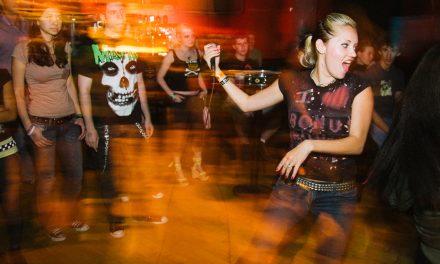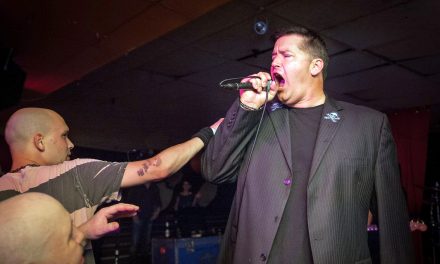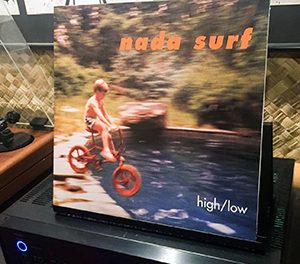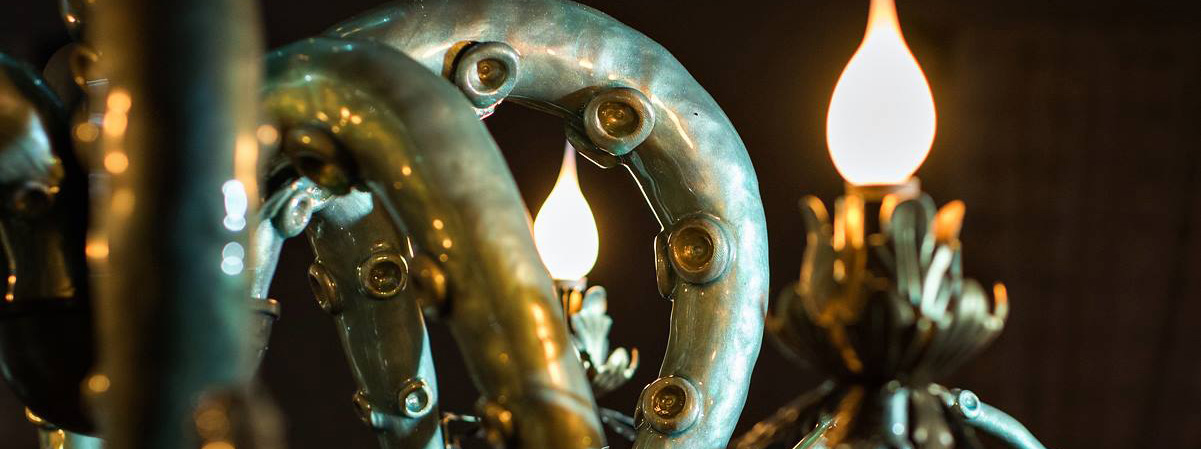
Allison and I fell in love with Adam Wallacavage’s chandeliers the moment we set eyes on them at Adam’s New York exhibit, “IL Lume Della Piovra,” at Jonathan Levine Gallery in 2006. I had never seen anything like them before. The octopus-shaped bodies were awash with blend of kitschy pinks and greens. Every tentacle bent in a different direction, hand-detailed down to the tiniest suction cup. Ten years later, we finally have our very own chandelier, Marcela, and I honestly think she’s one of Adam’s true masterpieces. Below is a short interview I did with Adam Wallacavage around the time of his 2006 exhibit. At the time, I was also enamored with his photography and probably came off a bit like a fanboy, but I figured it was worth resurrecting from the bowels of Life in a Bungalo.
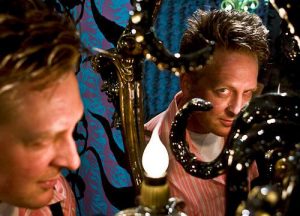 Why the transition from photography to 3D art? Why octopi?
Why the transition from photography to 3D art? Why octopi?
I don’t know if there ever was a transition. I’ve always done different things but this is the first time I really developed something so thought out and in a series like this for a gallery show. They are quite possibly the most amazing creations I’ve seen in a while. I was inspired by Art Nouveau chandeliers and specifically a glass jellyfish chandelier I saw in a book. I wanted to make something like that for my dining room, but I only knew how to work in plaster. I intentionally set out to make my dining room look like something from 20,000 Leagues Under the Sea. It just seemed obvious to make an octopus chandelier.
Can you please explain the process for making the fixtures? Do you have molds for each one?
I start by sculpting with clay, and then I make latex molds of all of the parts. I cast the plaster around threaded pipe and that gives strength and leaves room for the wires etc. I paint them and then coat them with a two-part epoxy resin to give them that glassy look.
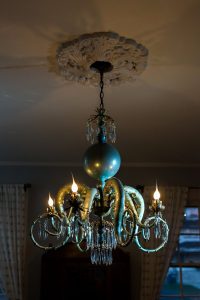 I feel your work really transcends the whole lowbrow art movement. Your work could easily be hung over the dining room table.
I feel your work really transcends the whole lowbrow art movement. Your work could easily be hung over the dining room table.
I like functional art. I always felt strange trying to show my photography in art galleries. It makes more sense to publish my photos in book form. I like putting something solid into a gallery. As far as lowbrow, I like the freedom in the lowbrow movement. Lots of artists don’t want to be associated with it, I personally could care less. I have been more inspired by people like Ed Roth and Von Dutch than anyone else in the art world. I like the idea of just making what you want and not caring what others think about it — not caring about some sort of meaning.
I noticed that they were hung using fishhooks. Was that also part of the design?
No, it wasn’t part of the design, I was just trying to be nifty. I bought them down the street at a tackle shop next to the infamous Chelsea Hotel in NYC.
Let’s talk about your photography. You have been featured in Thrasher and Swindle, how long have you been shooting, and did you ever think you’d be doing it professionally?
I’ve been shooting since about 1987 or so. I must have heard somewhere that photographers make good money. I started working for an ad agency shooting commercial stuff and it paid really well, that gave me the freedom to do whatever type of art I wanted without worrying about trying to sell it. It’s easier to make money shooting photos than doing other forms of art. I don’t shoot much skateboarding anymore, but I like posed stuff mixed with action the best. I like the challenge of stopping a fast movement with a crazy composition of stuff in the foreground.
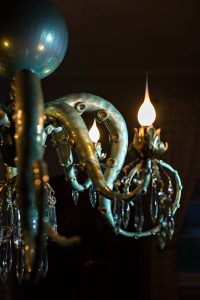 Talk a little about your new book, “Monster Size Monsters.” I saw it for a moment and it seems to focus primarily on your photography.
Talk a little about your new book, “Monster Size Monsters.” I saw it for a moment and it seems to focus primarily on your photography.
It’s all about my photography. I’ve been shooting a random stuff for a long time. I love how the book is all over the place. Skateboarding, music, artists, goofy stuff, flea markets — it has been fun to do all that stuff over the years.
Where do you go from here? Are you going to continue to shoot photos, make glowing squids, or maybe try something new?
I feel like I go in cycles. I like working on my house in the fall, I like shooting photos in the spring and summer, and in the winter I don’t know what I do. I’m really excited to keep doing what I’m doing. I hope to be able to start hiring people to work for me and to start making things on a grander scale. I have so many ideas for my house that I want to work on. I also want to start traveling more. I guess we’ll see.

